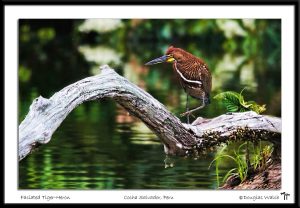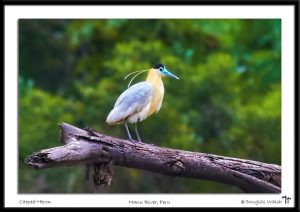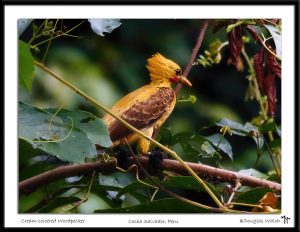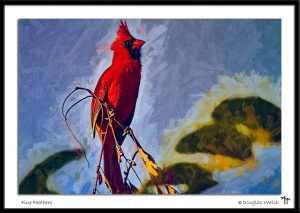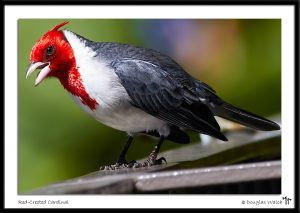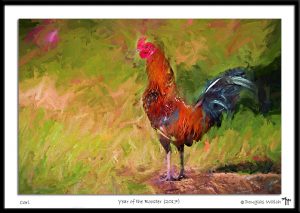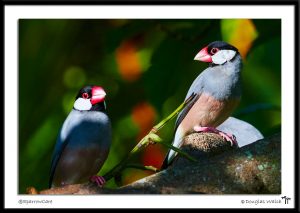Knowing how the shot was taken, imagine my surprise when I viewed this image on my camera’s LCD screen. I was even more delighted when I pulled it up on desktop’s screen for processing.
This capture of black skimmers was taken from the bow of our river boat on the Madre de Dios River. We were traveling downstream at about 30 mph. I know this because I judged the speed to be close to the speed I use to water ski at on Ten Mile Lake in Oregon. This is fast for being on the water.
The skimmers had to be flying faster as they flew alongside us and then passing across our bow from the right hand side of the boat. So the boat was moving, the skimmers were moving and I was moving a bit like being on a gimbal, trying to keep my balance, while keeping the birds in the view finder as they zoomed by. It all happened in about 5 seconds.
In short, I’m amazed the birds are in such good focus with great detail visible in the wings. This is not to mention they are pretty cool birds, built for flying fast. I hope you can view this on a screen larger than your cell phone.
Here’s the exposures details:
f/8 @ 1/6400 sec, ISO 1250, Exp. Bias -0.7, 400mm


